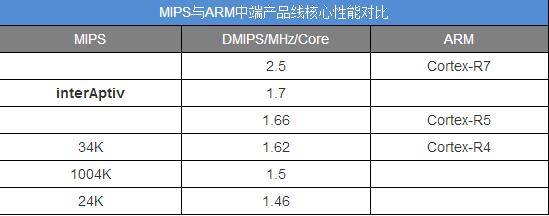MT7621A router chip parameters/processor data (schematic diagram/CPB) introduction
Reprinted from: http://bbs.360.cn/thread-14459037-1-1.html
In the first lecture, the four major manufacturers of routing chips have been briefly introduced: Broadcom (Broadcom), Qualcomm (Qualcomm), MTK (MediaTek), Realtek (Realtek), it is not very clear that you can enter from the above connection .
There are three main types of processor (CPU) architectures on current routers: MIPS, ARM, and Intel (x86).
1.MIPS has a long history in the 32-bit and 64-bit embedded fields, and is currently the most widely used; but the adoption rate in Android is the lowest among the three.
2. The basic performance of ARM is higher than that of MIPS, and it is currently mostly used in the flagship routers of first-tier manufacturers; it is widely used in Android and is ubiquitous.
3. Intel (x86) is common in core devices such as servers or some soft routers sold by a treasure; as for the mobile market, Intel has now announced that it has given up, and the tablet 3 of coarse grains has to be replaced by U.
Today, I mainly talk about the MIPS architecture. Compared with ordinary users, the ARM and Intel architectures have relatively few opportunities.
————————————————————
MIPS architecture (MIPS architecture, an abbreviation for Microprocessor without interlocked piped stages architecture, also a related term for Millions of Instructions Per Second), is a A processor architecture that adopts a reduced instruction set (RISC), which appeared in 1981, developed and licensed by MIPS Technologies, and is widely used in many electronic products, network equipment, personal entertainment devices and commercial devices. The earliest MIPS architecture was 32-bit, and the latest version has become 64-bit, but most of the routing used is 32-bit.
For details, please refer to: 360 Encyclopedia![]()
What do the letters such as k are common behind MIPS architecture chips?
Early U was named R4000, R5000, etc. Later, K was used to represent 1000, so the larger the number, the higher the performance; the 24KE core series adopts the high-performance 24K™ Reduce the die area and power consumption of the overall SoC; C means just a core Core without any co-processor, that is, the standard version; F means high-performance Floating Point Unit high-performance floating point unit, that is, the legendary high-end version .
There are many MIPS series, here are only three basic series used in routing chips.
——Single core:
MIPS32® 24KE™ series (entry-level): At present, most of the routers on the market use this level of U (generally within 300 yuan), and the performance of the same level of U of the four major manufacturers is basically There is no difference. Qualcomm and Broadcom are not good at this level and price at all, so some trolls don’t just go to BB if they don’t have anything to say. There are thousands of machines in big factories. If you insist on the difference, it is estimated that the difference in price and workmanship of each factory.
Such as 360 P0/P1 (RTL8196D+8192ER), H3C Magician B1 (RTL8197DL+8812AR+8192ER), 360 P (MT7628AN+MT7612E), Xinji 1S (MT7628NN), millet mini/ millet router 3/newifi mini/received money PHICOM K1/K2...(MT7620AN), Extreme Routing 2/Youku L1/L1C (MT7620A), LeTV Routing (QCA9531), TP and its vest factory, most models of other one, two and three route manufacturers... 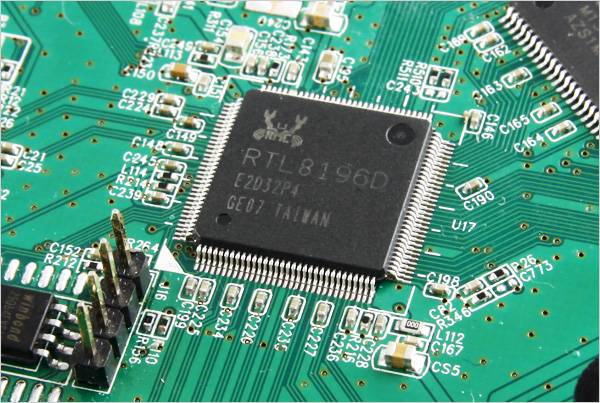
MIPS32& #174; 74KE™ series (enterprise level): As far as I know, only Qualcomm and Broadcom have this level of chip solutions, and there are no MTK and crab routing. (The price of machines at this level ranges from hundreds to thousands, and you need to polish your glasses and buy them carefully, especially the prices of some factories are inflated).
Such as 360 C301 (AR9344+AR9882), Bihu/Bihu plus (AR9344/AR9341), ASUS ac66u/Netgear R6300/linksysEA6500/Tengda W568R (BCM4706), TP and its vest factory, and other one, two and three lines are known by manufacturers Enterprise-level routing model... ——Dual 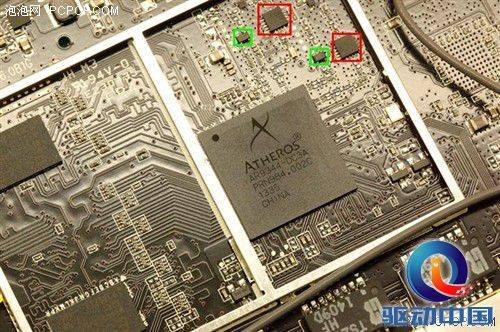
-core:
MIPS32® 74KE™ series (enterprise level): this is relatively small,
such as Tenda AC9 (BCM47189) 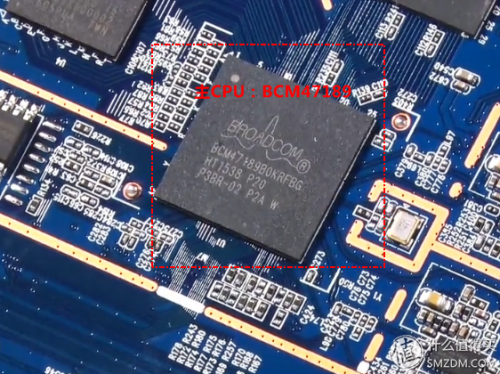
MIPS32® 1004KE™ series (multi-threading and multi-processing): just As far as I know, only MTK's 7621 has been put on the market for mass production. Qualcomm, Broadcom, etc. have basically switched to the ARM architecture. (At present, it is basically an exclusive business, and the inactive price is generally around 300. The price of some factories is obviously inflated, so I will not name it).
For example, newifi D1/Xunlei download treasure/Youku L2/Extreme router 4 (MT7621AT)... 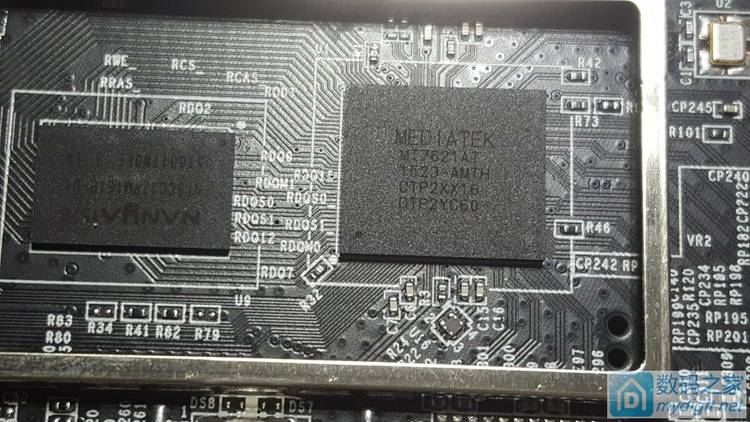
MIPS32® 74KE™ series was launched in June 2007 by MIPS, and there were two products of 74 cores released at that time: MIPS32® ; 74KEc (standard version) and MIPS32® 74KEf (high-end version), both have CorExtend function (this function is applied to custom instructions). Compared with the MIPS32® 24KE™ series of cores, there is no need to modify the application code, and the theoretical running speed can reach 1.5 times to 1.6 times that of the original product.
I have not found the performance comparison data between the official MIPS32® 1004KE™ series and the MIPS32® 24KE™ series. I only speculate from the publicity of Lenovo's new routing products of the two generations before and after, the performance of the former is estimated to be the same as that of the latter. about twice as much. 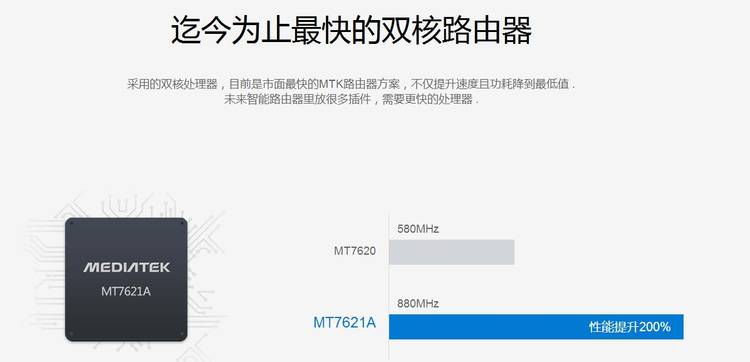
Attached are the early chip usage architectures of some manufacturers (marked in red as the four major manufacturers):
Qualcomm (Atheros): Atheros AR231x (4K), AR7100 (24K), AR91xx (34K);
Broadcom: 6348 --- 256M MIPS32 4Kc-compliant core
6358 --- 300M VIPER MIPS modules
470x --- MIPS32
5354 - -- MIPS32
4716/4717/4718 -- MIPS32 74, 11n SoC, 533Mhz
5355/5356 -- MIPS32 74K, 11n SoC include switch,
333Mhz TI: 1050/1060 --- MIPS32 4KEc
Marvell: 88E6318 --- MIPS 5Kf, 64bit
Realtek:
865——LX4180
8650B/8651B——Lexra 5280 R3000
Infineon: dual mips24k core (one with DSP ASE);
MTK (Rainlink):
RT2880——MIPS4KEc
RT3050/RT3052——MIPS24KEc
———— ———————————————
The ARM architecture, formerly known as the Advanced RISC Machine (formerly known as Acorn RISC Machine), is a 32-bit reduced instruction set (RISC) processor architecture that is widely used in many embedded systems design. Developed in 1983 by Acorn Computers Ltd. Although the power consumption ratio is good, ARM is mostly used in the mobile field, but the power consumption of MIPS is still high. Users who have used models such as BCM4707-BCM4709 should know the temperature of their CPU when they are fully loaded.
For details, please refer to: 360 Encyclopedia
- single core:
Cortex A9: Thunder router (BCM47081) has been discontinued;
- dual core:
Cortex A7: ceiling lamp AP (IPQ4018)
Cortex A9: There are many flagship machines, so I don't bother to list them. Noble Asus, Netgear, Cisco, etc. can’t run (BCM4707/4708/4709), Xiaomi router (4709), and the recently refreshed Tenda AC9/AC18 is BCM4708; ASUS RT-AC87U/Netgear R7500/Linksys E8350/nutshell/TP diapers TL-WDR8600 (IPQ806+QCA9880-BR4A+Kuantengda QSR100), Huawei Honor Cube (Hi5650 (h/t)+8812AR+8192ER, that's right, it's a small crab) 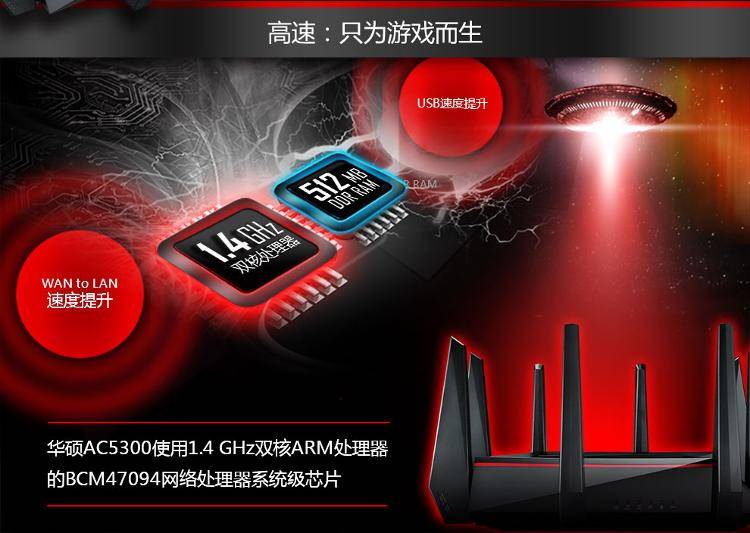
current ARM architecture road It is generally a representative work of various manufacturers. It generally supports black technologies such as MU-MIMO and 256QAM. Of course, the price is also huh. The great god may not be as good as it is. It is not more conspicuous to take a PC and set up a soft router.
The MT7623 of the legendary ARM architecture has not yet seen its shadow. I remember that the 7621 was held back for a long time before the machine came out.
————————————————————
Intel (x86) platform, not much to say here, because except for a certain treasure soft routing, ordinary users rarely have the opportunity to access this class equipment.
—————————————————————
Who is more suitable for routing between the MIPS architecture and the ARM architecture? The technology is mature and the price is cheap, and the current low-end routing is completely inseparable from it. Although MIPS has released a new generation of Proaptiv architecture, which claims to be able to put down four cores on the same chip area as the Cortex A15 dual-core (MIPS launches Aptiv to challenge ARM-The Inquirer), it has twice the performance of the Cortex A15 in the same chip area, but so far See what the actual product is. The ARM Cortex A15 is shipped by Samsung, let alone Qualcomm's Krait series. And at present, the ARM performance advantage is obvious under the same area. The U of the A9 core a few years ago can still beat the MT7621 of the MIPS32® 1004KE™ series, believe it or not, and look at the actions of major manufacturers in recent years.
If 360 really wants to come up with a route that represents the flagship level, to be honest, there are really not many U options available at present, and I hope that the majority of oil will not be disappointed by then.
The following performance comparison is for entertainment only~
The Aptiv series released by MIPS currently includes a total of three processors - ProAptiv, interAptiv and microAptiv. The lowest-end microAptiv is single-core. 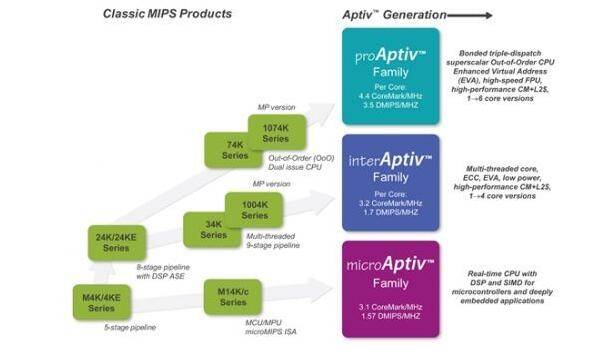
The following two tables are helpful for comparing the performance of MIPS and ARM products. Note that the classification is mainly based on the naming, that is, the positioning and classification given by the manufacturers themselves, rather than the actual performance ranking. The Cortex-A series corresponds to MIPS proAptiv, and the Cortex-R series corresponds to interApti.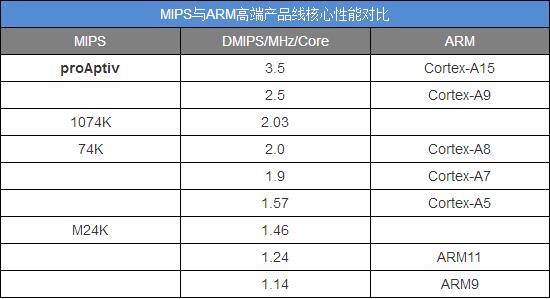
Although MIPS positions interAptiv as a competitor of Cortex-A5/A7/A9, according to some features such as its internal cache ECC support, it is better to compare its performance with the Cortex-R series. The official market positioning of the two is the same— —Wireless baseband and automotive safety/drivetrain control applications.